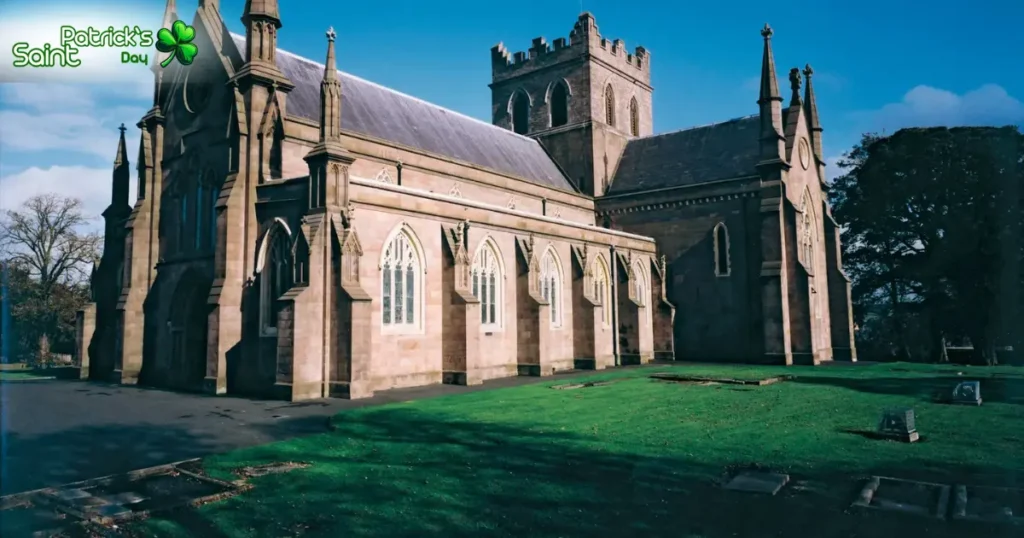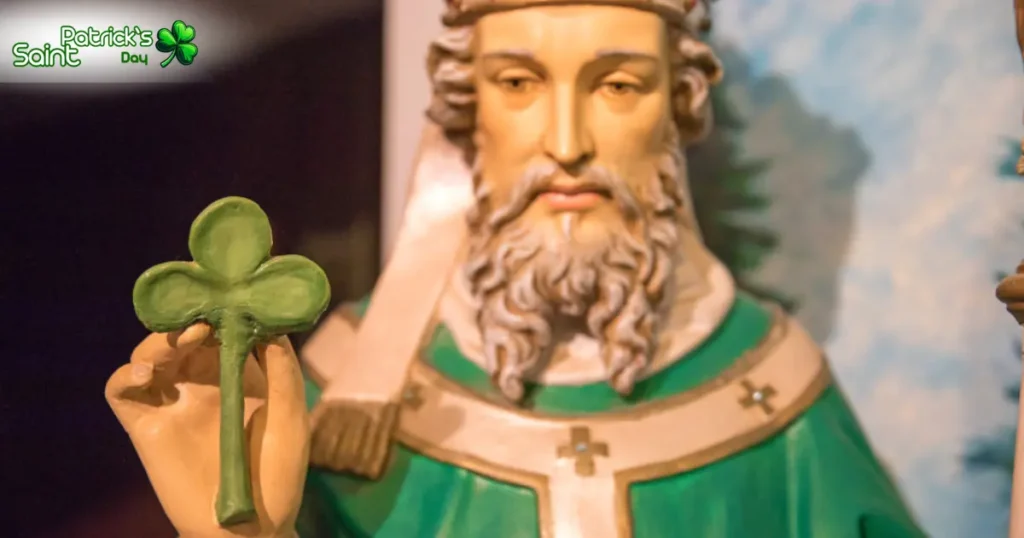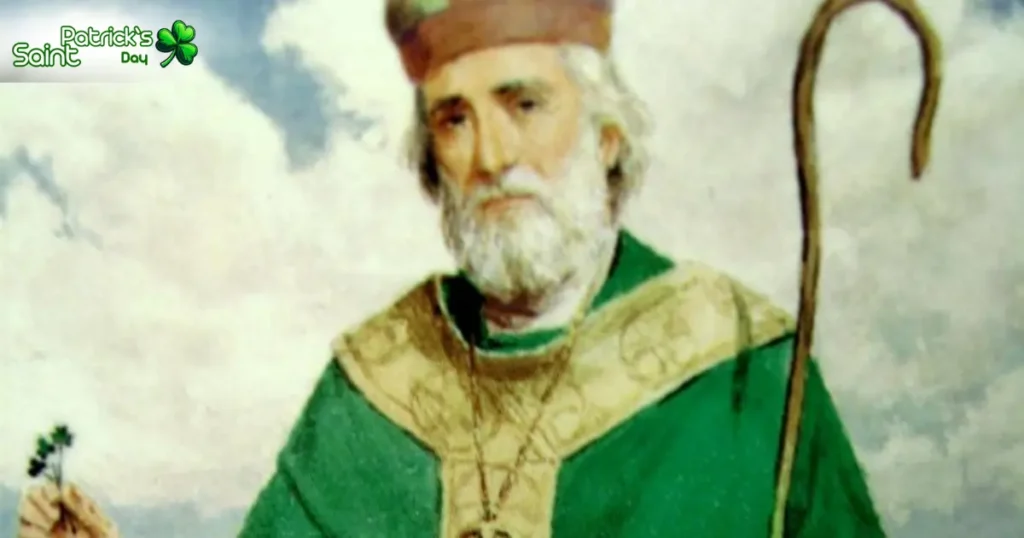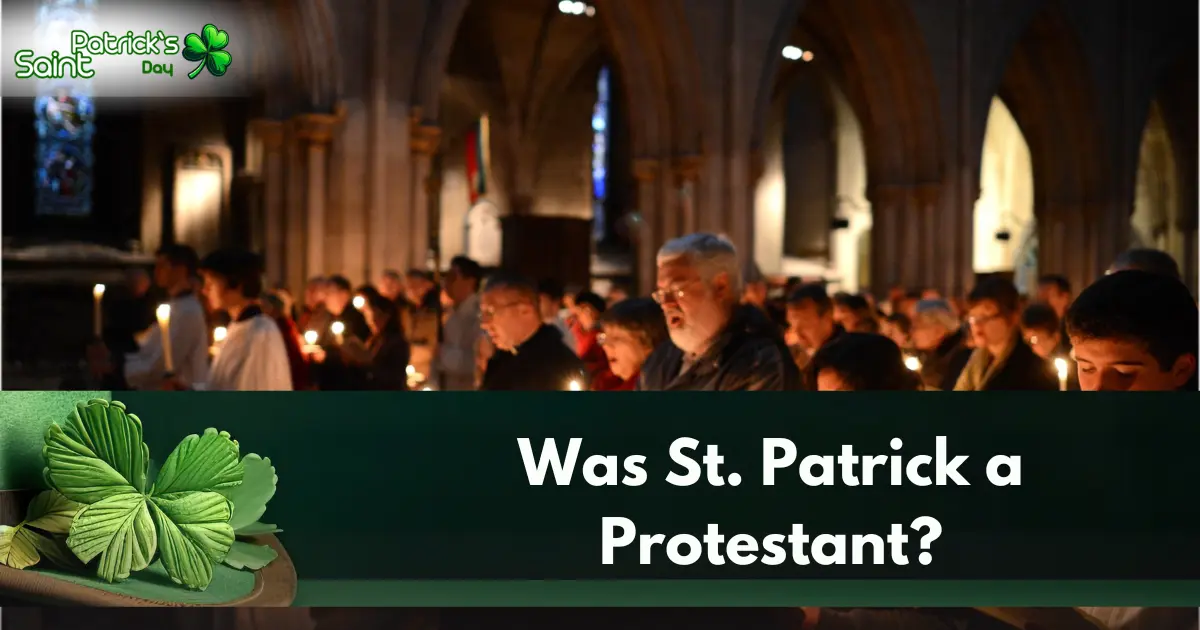No, St. Patrick was not a Protestant. He was a Catholic missionary and bishop who lived in the 5th century. The Protestant Reformation did not begin until the 16th century, meaning Protestantism did not exist during his time.
Understanding St. Patrick’s Religious Affiliation

To understand why St. Patrick was Catholic, it’s important to look at the historical background of Christianity during his lifetime.
1. Christianity in the 5th Century
- St. Patrick was born around 385 AD and lived until 461 AD.
- At this time, there was only one unified Christian Church, which later became the Roman Catholic Church.
- The Eastern Orthodox Church and Protestantism did not yet exist.
2. St. Patrick’s Role in Christianity
- He was a Catholic bishop and missionary sent to Ireland to spread Christianity.
- He converted thousands of pagan Irish and established churches, schools, and monasteries.
- His writings, like the Confessio, reflect traditional Catholic beliefs.
Did Protestantism Exist in St. Patrick’s Time?
No, Protestantism started over 1,000 years later with Martin Luther in 1517 AD. The Reformation led to the creation of Protestant denominations, but St. Patrick lived and died as a Catholic.
St. Patrick’s Mission in Ireland | A Catholic Effort
St. Patrick’s work in spreading Christianity in Ireland was fully in line with Catholic teachings.
His Major Contributions Include:
✅ Baptizing thousands of Irish people into Christianity.
✅ Establishing churches across Ireland.
✅ Teaching Catholic doctrine and spreading the message of Christ.
Since all these activities were part of the Catholic Church’s efforts, it is incorrect to call him a Protestant.
St. Patrick’s Religious Teachings: Were They Catholic?

St. Patrick’s teachings were fully aligned with Catholic doctrine. His mission in Ireland was to convert pagans to Christianity, and he did so under the authority of the early Catholic Church.
1. Core Beliefs Taught by St. Patrick
St. Patrick followed and taught several key Catholic beliefs:
✅ The Holy Trinity – He used a three-leaf clover (shamrock) to explain the concept of God the Father, the Son (Jesus Christ), and the Holy Spirit as one entity.
✅ Baptism for Salvation – He emphasized baptizing new believers as a requirement for salvation, a key Catholic practice.
✅ Sacramental Life – His mission established Catholic churches and clergy, reinforcing the importance of sacraments like the Eucharist and Confession.
✅ Obedience to Church Authority – As a bishop, he followed the structure of the Roman Catholic Church, which had a hierarchical system under the Pope.
2. Why Some People Think St. Patrick Was Protestant
Despite historical evidence, some Protestant groups claim St. Patrick as their own. Here are the most common misconceptions and the truth behind them:
Misconception 1: St. Patrick Was Not Part of the Roman Catholic Church
Truth: The early Christian Church was unified, and St. Patrick worked under its authority. The split into Catholic and Orthodox churches happened much later in 1054 AD, and Protestantism only emerged in the 16th century.
Misconception 2: St. Patrick Rejected the Pope’s Authority
Truth: There is no evidence that St. Patrick opposed the Pope. He was a Catholic bishop, and bishops in his time recognized the authority of Rome and the Pope.
Misconception 3: St. Patrick Was a Bible-Only Christian
Truth: The idea of “Sola Scriptura” (Bible alone) is a Protestant belief introduced by Martin Luther in the 1500s. St. Patrick, like all Catholics, relied on both Scripture and Church traditions to teach Christianity.
Misconception 4: St. Patrick Created an Independent Irish Church
Truth: While St. Patrick helped establish Christianity in Ireland, the churches he founded were part of the Catholic Church, not a separate religious movement.
3. Did St. Patrick Oppose Catholic Traditions?
Some Protestant groups argue that St. Patrick rejected Catholic practices, but historical records prove otherwise.
Here’s what he actually supported:
✔ Baptism – St. Patrick baptized thousands of Irish converts, a key Catholic practice.
✔ Confession – He promoted the idea of confessing sins, which aligns with the Catholic Sacrament of Reconciliation.
✔ The Priesthood – He trained Catholic priests and established monasteries to spread Christianity.
✔ Saints & Miracles – St. Patrick believed in saints and was himself later canonized as one by the Catholic Church.
4. Protestantism vs. St. Patrick’s Catholic Mission: A Timeline
To understand why St. Patrick was not a Protestant, here’s a timeline showing major religious events:
| Year | Event |
|---|---|
| 385 AD | St. Patrick is born in Britain. |
| 432 AD | St. Patrick begins his Catholic mission in Ireland. |
| 461 AD | St. Patrick dies as a Catholic bishop. |
| 1054 AD | The Great Schism divides Christianity into Catholic and Orthodox Churches. |
| 1517 AD | Martin Luther starts the Protestant Reformation (over 1,000 years after St. Patrick). |
| 1534 AD | The Church of England breaks from Catholicism. |
| 1600s | Protestant settlers in Ireland begin associating St. Patrick with their faith. |
1. Why Do Some Protestants Celebrate St. Patrick’s Day?

Although St. Patrick was a Catholic, his legacy is celebrated by both Catholics and Protestants today. But why?
A. St. Patrick’s Influence on Christianity
- St. Patrick converted Ireland to Christianity, which had a lasting impact on both Catholic and Protestant traditions.
- He was a symbol of faith, perseverance, and missionary work, values that all Christians admire.
- Many of the churches he founded later influenced Protestant groups in Ireland and beyond.
B. The Protestant Connection in Ireland
- In the 16th and 17th centuries, Ireland was divided between Catholic and Protestant groups.
- Protestant settlers in Northern Ireland adopted St. Patrick as a national figure, even though he was Catholic.
- Over time, St. Patrick’s Day became a cultural celebration, rather than just a Catholic holiday.
2. How Is St. Patrick Remembered in Different Christian Traditions?
| Christian Group | How They Honor St. Patrick |
|---|---|
| Catholics | Celebrate March 17th as a religious feast day, honoring him as a Catholic saint. |
| Protestants (especially in Northern Ireland) | Some recognize him as a Christian leader, but do not consider him a saint. |
| Eastern Orthodox Church | Also honors St. Patrick as a saint but follows a different calendar. |
3. St. Patrick’s Day: A Catholic or Protestant Holiday?
- Originally, St. Patrick’s Day (March 17th) was a Catholic feast day celebrating his missionary work.
- Over time, it became a global holiday with parades, celebrations, and Irish cultural events.
- Today, both Catholics and Protestants participate, though it has more cultural than religious significance.
4. The Catholic Church’s Official Recognition of St. Patrick
- The Vatican recognizes St. Patrick as a saint, honoring him for his missionary work.
- His feast day is still an official holiday in Ireland and the Catholic Church.
- Many Catholic churches worldwide hold special Masses in his honor.
5. What We Can Learn from St. Patrick Today
Even though St. Patrick was Catholic, his message of faith, perseverance, and spreading Christianity is something that all Christians can appreciate.
Lessons from St. Patrick’s Life:
✔ Faithfulness – He remained devoted to his mission despite hardships.
✔ Evangelism – He spread Christianity to thousands of people.
✔ Forgiveness – He forgave those who captured and enslaved him.
✔ Unity – His work continues to unite people of different Christian backgrounds.
Conclusion
St. Patrick was not a Protestant, but a Catholic bishop who played a vital role in spreading Christianity in Ireland.
FAQs
No, St. Patrick was a Catholic missionary who lived in the 5th century, long before the Protestant Reformation.
Yes, he was a bishop in the early Catholic Church and spread Christianity in Ireland under Catholic teachings.
Many Protestants admire his missionary work, but he was historically a Catholic, not Protestant.
Protestantism began in the 16th century with Martin Luther, more than 1,000 years after St. Patrick.
He played a crucial role in converting Ireland to Christianity and established many churches and schools.
Related Post
- Was St. Patrick Welsh?
- How Did Saint Patrick Die?
- Was St. Patrick Italian? The Truth Behind His Origins
- The Best St. Patrick’s Day Quotes for Luck & Joy in 2025
- St. Patrick’s Day Cartoon | Fun, Festivities, and Irish Charm
- Best St. Patrick’s Day Poems & Irish Blessings 2025

